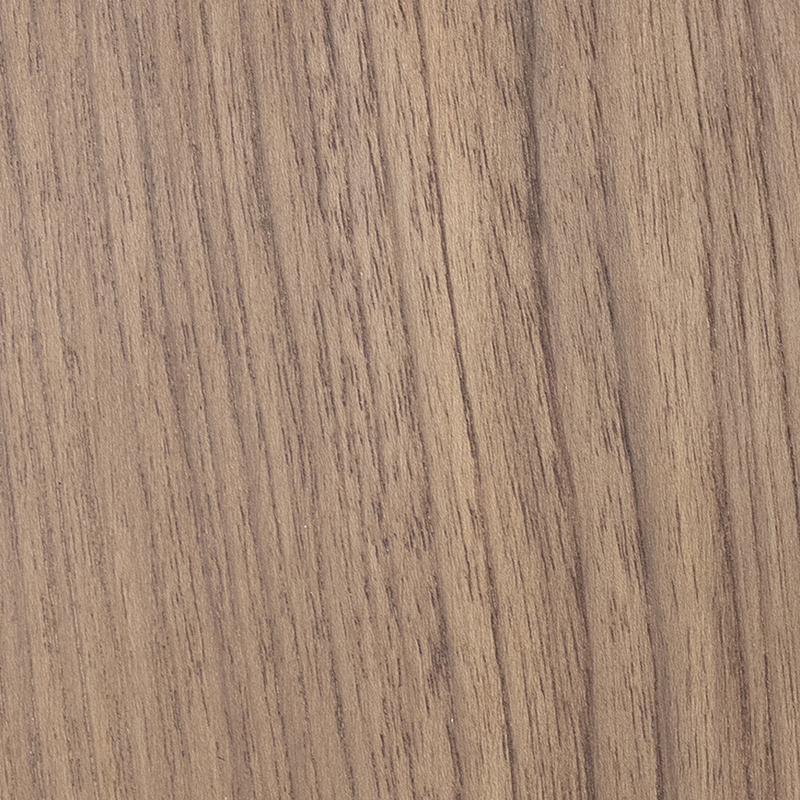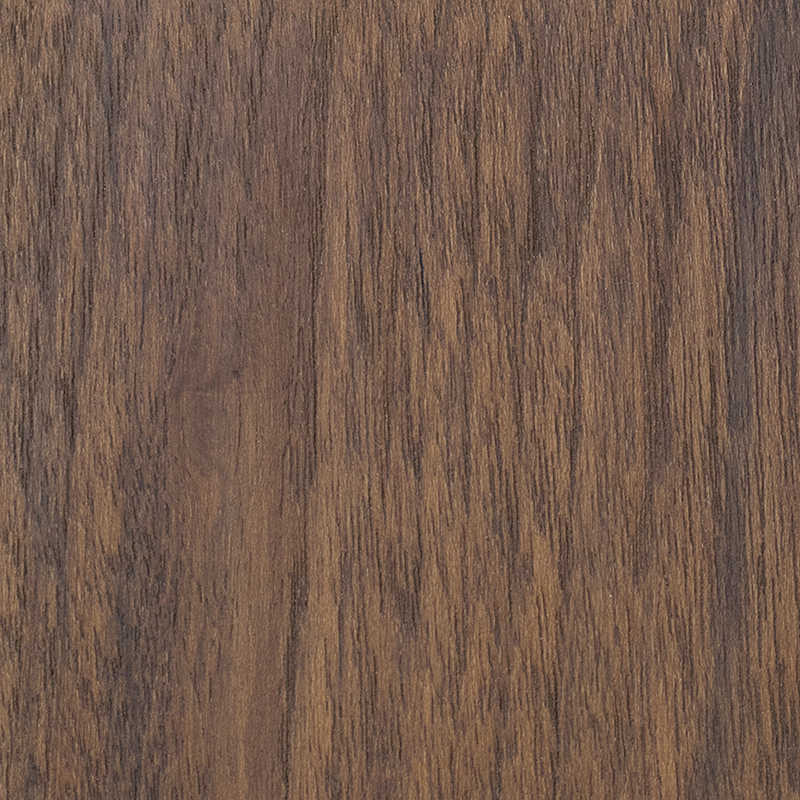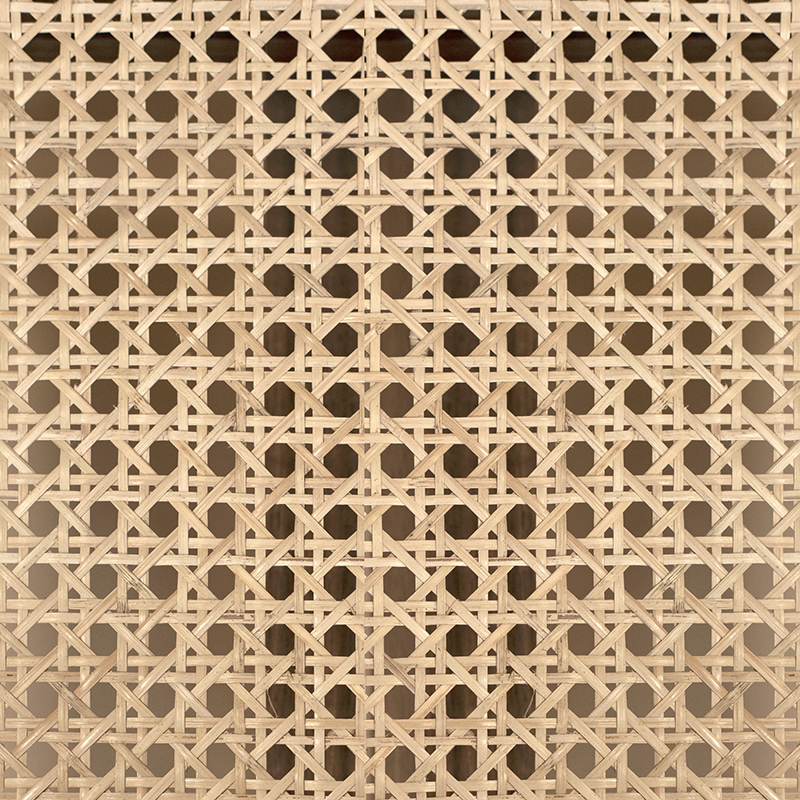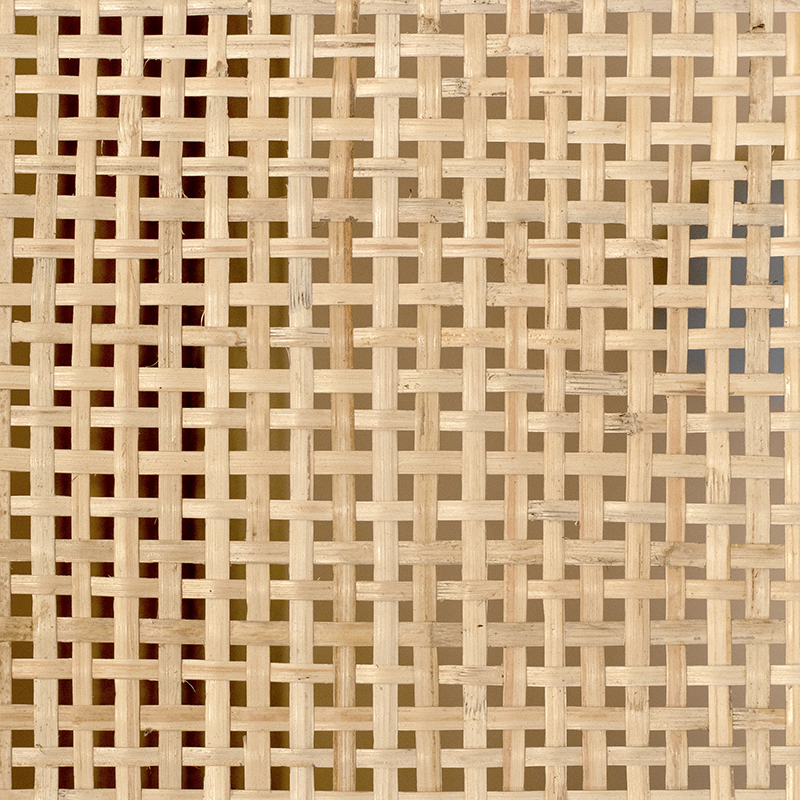Office Armchair X Leg |
||||||||
|
||||||||
| How to buy | ||||||||
| Enquire |
Product Description
A handmade re-edition of the Office Armchair with cross legs (X leg) designed for buildings in Chandigarh in the 1960s. Symmetric ‘X’ or ‘cross’ units on either side form a unified armrest and leg assembly. The curved backrest is freestanding and bowed. The X legged version of the Office Chair was not made in very large quantities; the V legged version was produced in far larger numbers in the prolific period between the mid 1950s to mid 1970s.
Product Specification
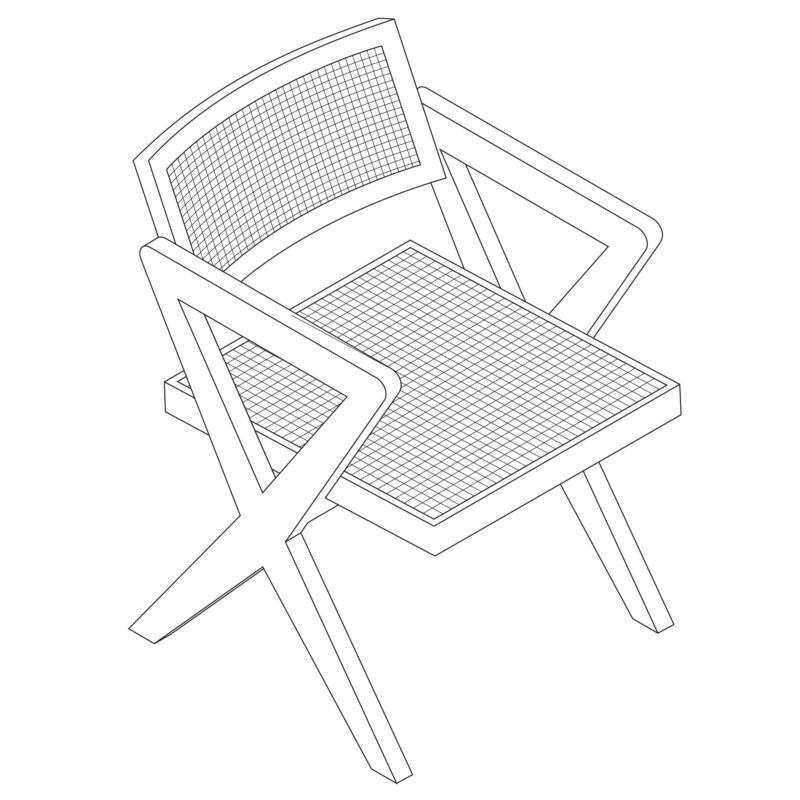
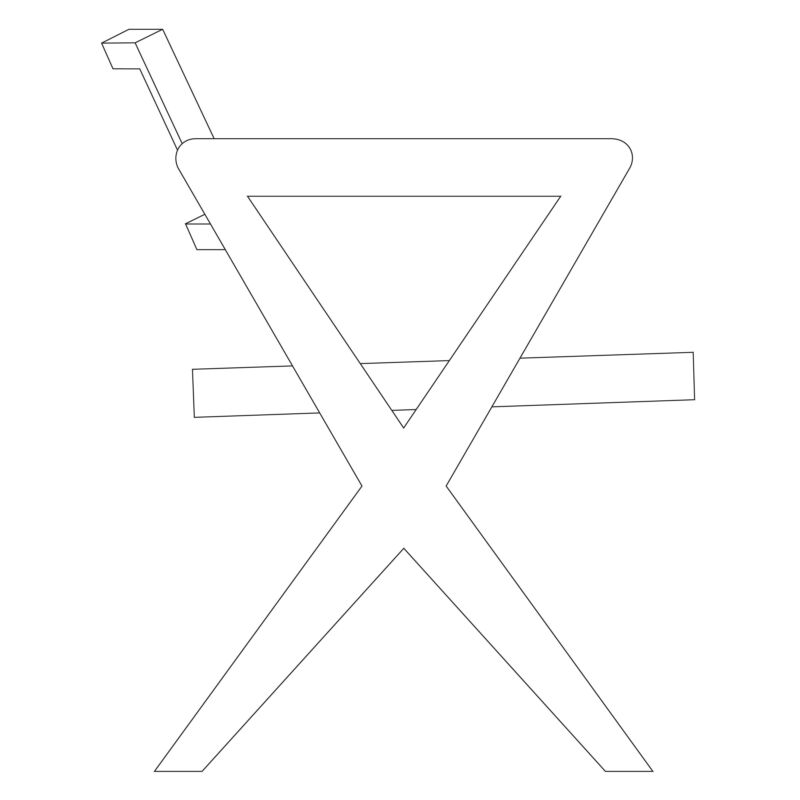
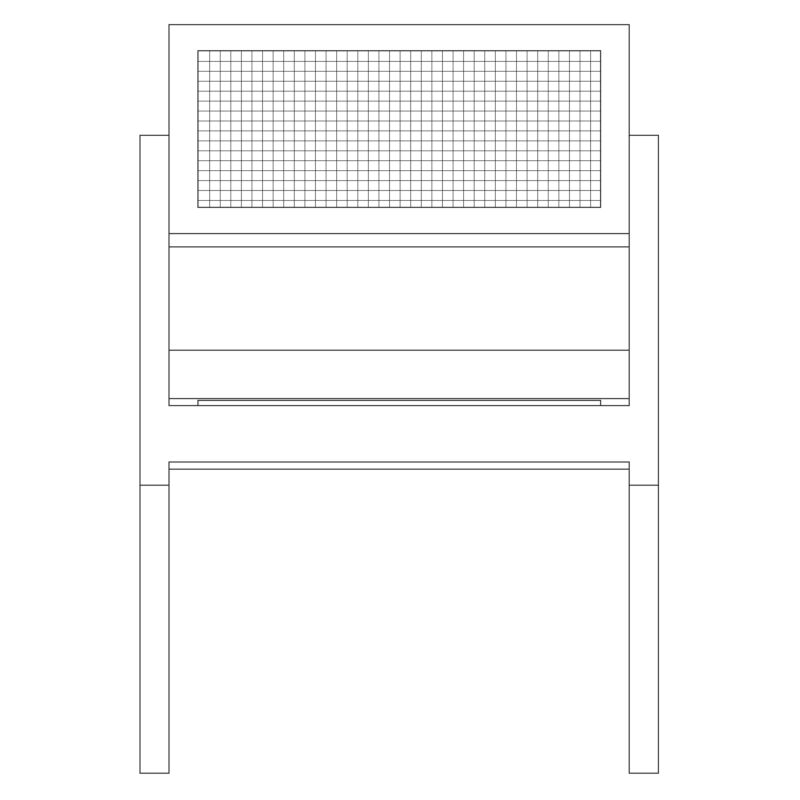
Product Options
We offer this product in a choice of two wood finishes: Natural Teak and Dark Stain.
For the Natural Teak finish, the wood is sanded and finished with hard wax oil to bring out the natural, golden-brown colour of the teak.
For the Dark Stain finish, a coat of water-based, teak stain is applied to give the wood a darker teak shade, followed by a coat of sealer.
Please note that each batch of teak is unique and actual shade may vary from the reference images.
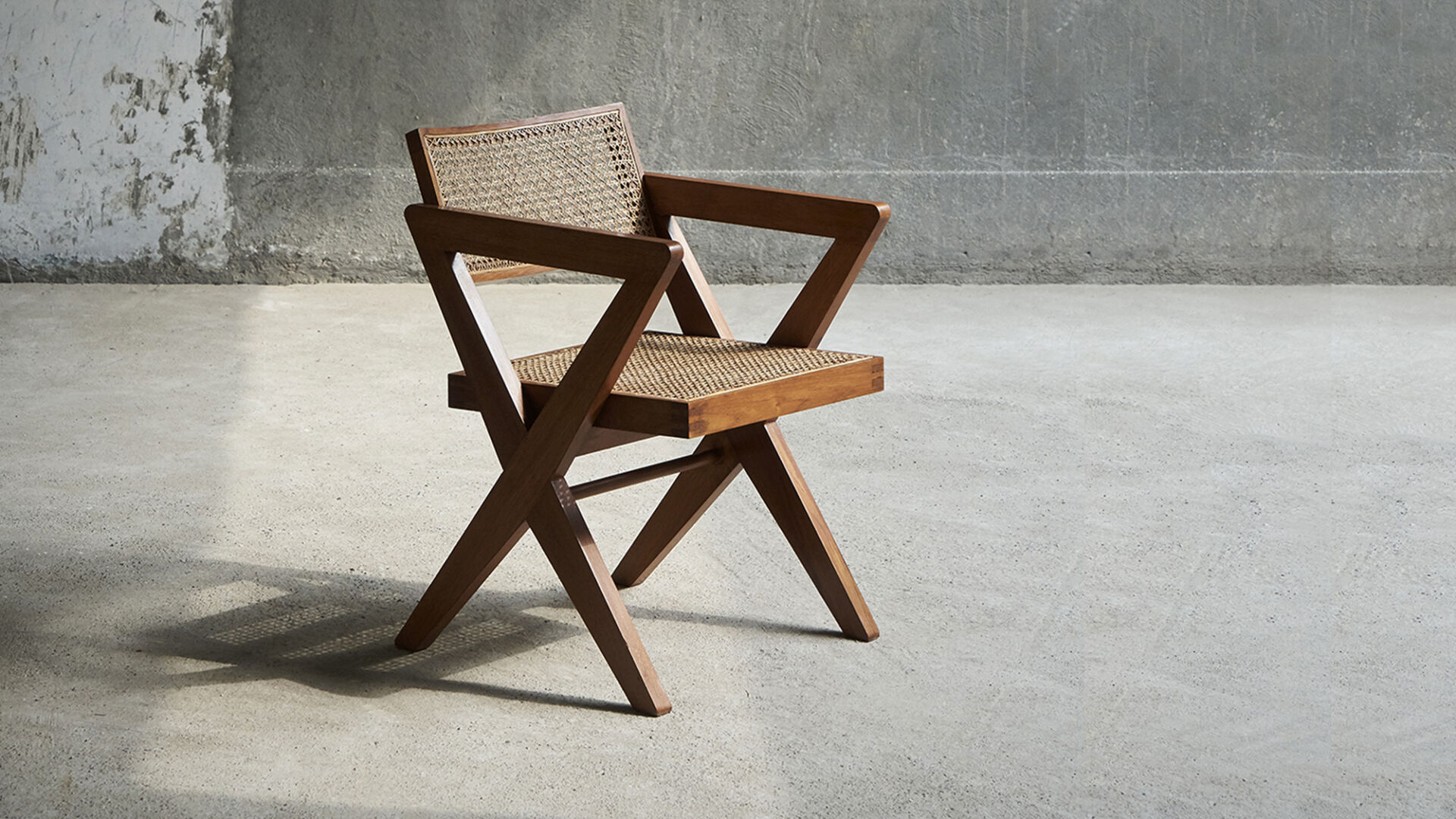
Related Products
See More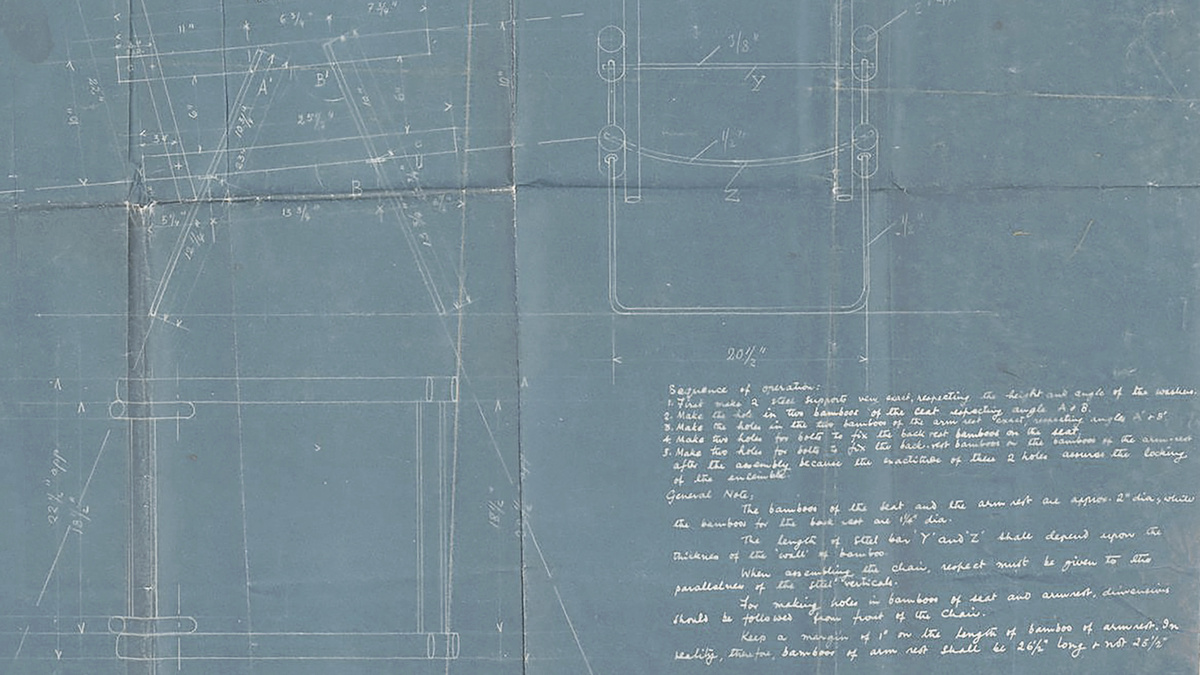
The Genesis of the Chandigarh Chair: Furniture as Infrastructure
There are several things unique about the furniture made for the city of Chandigarh in the 1950’s. The most striking among these is that they were conceived at the same time as the city, as a component of its master plan.
Read More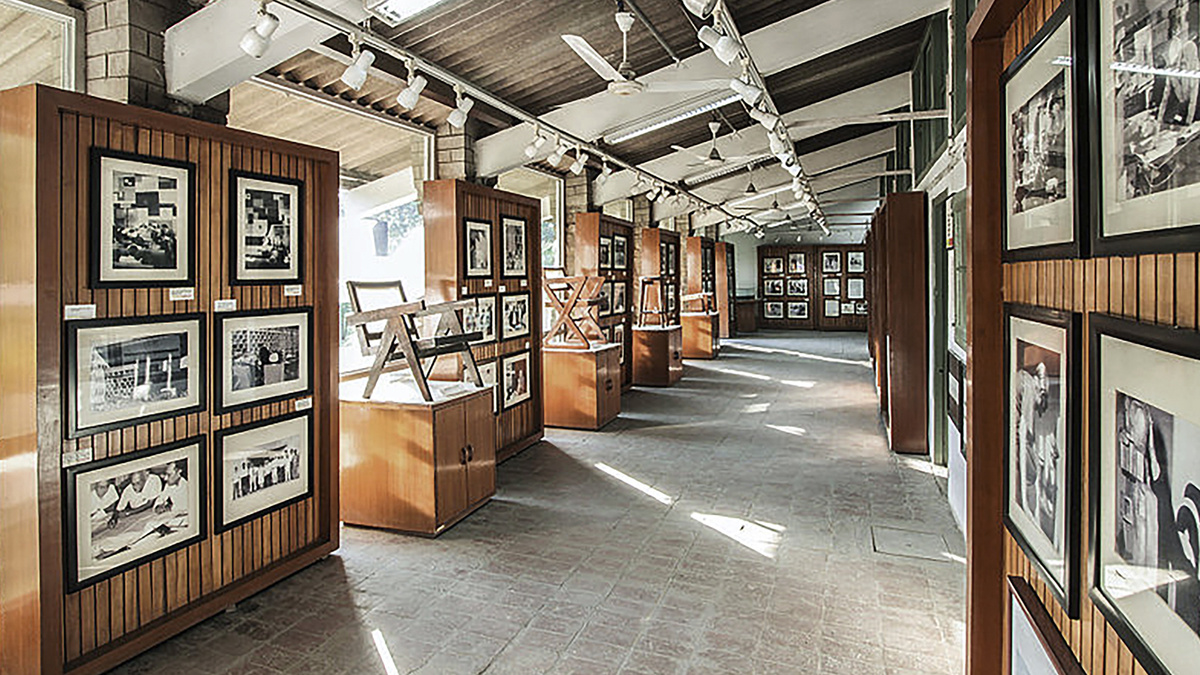
Upholding Europe’s Legacy: From Chandigarh’s City Furniture to ‘Pierre Jeanneret’s Chairs’
The quiet extraction of heritage furniture from Chandigarh spoke of the Indian government's disregard and neglect. But it also revealed a profit chain linking officials, antique dealers, and powerful Euro-American institutions.
Read More











